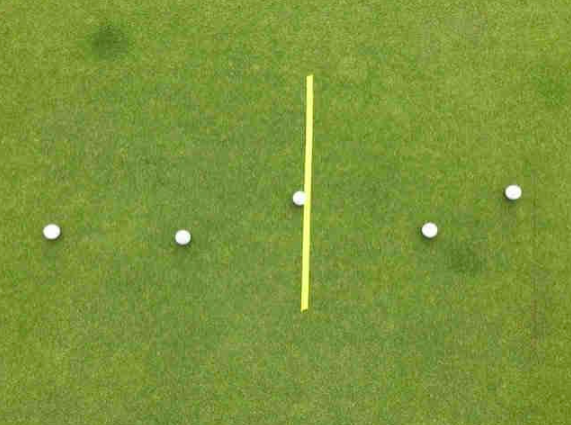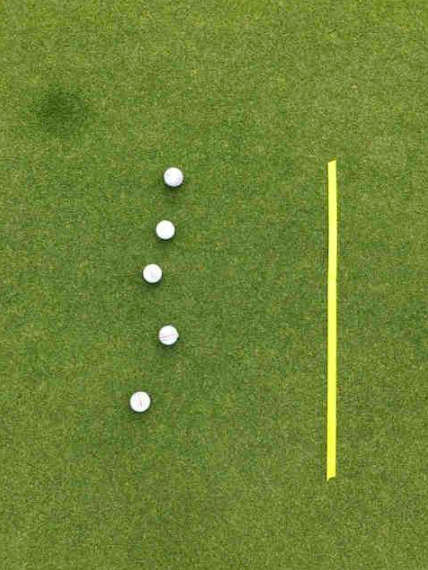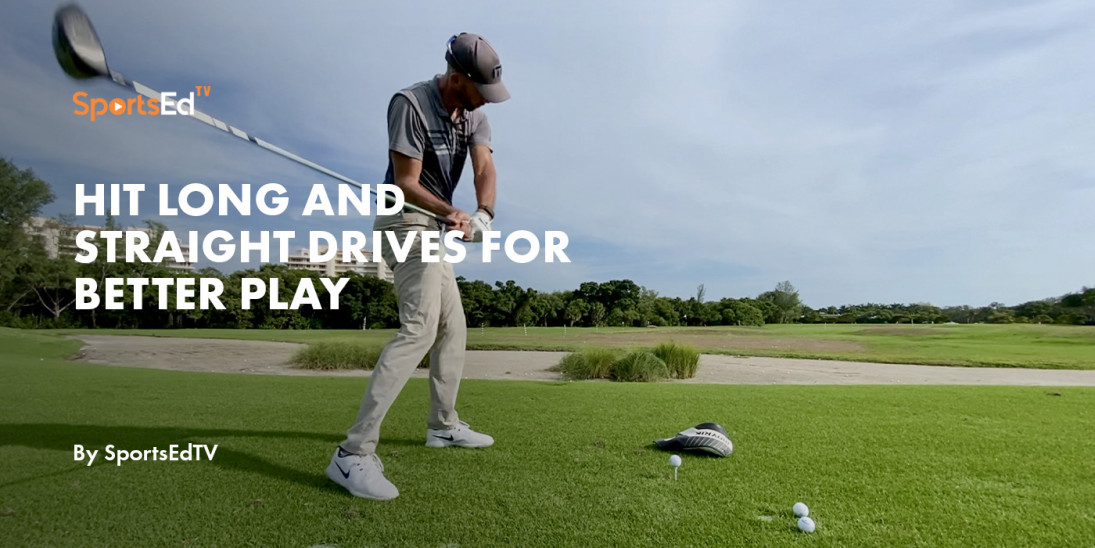Golf
Welcome and thanks for visiting...

Heed the Speed to Putt Well

Putting may be my favorite area to teach. It is a skill that is not predicated on size, strength, or speed. While it seems to be the simplest aspect of the game, it gives players fits and frustrations.
I believe those frustrations are caused primarily to an inability to understand why a putt did or did not go in. When a putt is miss-evaluated the player will focus on the wrong aspect of what happened and may try to fix something that is not broken.
To that point it is critical to understand what goes into making a putt and how to evaluate it.
There are 3 major components: start direction, speed control and green reading. The stroke itself only controls start direction and speed control. Green reading is what allows players to pick a good target in which to start the putt.
I have attached a video of putts rolling using the perfect putter from two angles. Pay attention to the putts and see what you notice. The perfect putter does exactly what its name says, it rolls the ball perfectly. In this video every putt started on the exact same line.
Since I never moved the tool, the read never changed and some of the putts went in. However, putts missed both right and left of the hole, and depending on your perception they could have looked pushed, pulled, or misread. So, I think golfers get so confused on the putting green. If we look at why some of the putts went in and some did not, the answer comes down to speed.
Speed control to me is the top of the skill pyramid in putting and it is not close. Without good speed control it is impossible to pick a viable target for your read and you are always at risk for leaving yourself a lot of work on your next putt.
From the research I have seen, ideal speed is 8-12 inches past the hole. At that pace, the hole is 100% usable. Once a putt starts to go beyond 12 inches, the cup starts to shrink as the edges are no longer your friend.
This leads me into my absolute favorite assessment for putting and my favorite practice drill. Use a string or a piece of electrical tape and put it flat on the green, put a tee 15 feet away. Hit 10 putts from 15 feet with the objective of stopping each ball on the line. If it is on or touching the line your score is 0. Every inch you are off the line, short or long, is 1. If putt one goes 12 inches by you are at 12. Putt two is 6 inches short you are now at 18. Add up the total number of inches for all 10 balls and that is your score. I have attached a video of myself doing a modified version of the drill.
I am not unhappy with the result of this test, but it is also not to my goal. The total on this was 7 inches on 5 putts. The goal for excellence in this drill would be 10 inches for 10 balls. If you are getting 10-30 inches, I would expect you to be putting well, 30-50 would still be ok. Most players I give this assessment to do not break 200 inches on their first try, very few break 150.

While the number matters, I also look at consistency in the dispersion and have attached two examples. The result of both tests are around 80 inches for 5 balls. I would be much happier with the result where all 5 balls are about the same distance past the line. That student only needs to improve their precision, while the other student needs to improve their consistency and then build in precision.


This is another drill that can be continually worked on and monitored. If you are great with this drill and are not making putts, then it must be related to either your start direction or read. Knowing where to focus your time is a major bonus. I hope you find this information helpful, and you can apply it to your game.





